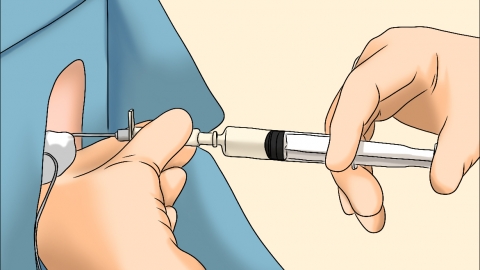What needs to be monitored during anesthesia?
During anesthesia, vital signs, respiratory function, circulatory function, oxygen saturation, and depth of anesthesia must be monitored. Comprehensive monitoring allows timely detection of abnormalities and early intervention, thereby reducing anesthetic risks. If sudden drops in blood pressure, respiratory depression, or abnormal heart rate occur during anesthesia, immediate emergency management by an anesthesiologist is required.

1. Vital Signs: These include body temperature, heart rate, and blood pressure, which should be continuously monitored and recorded. Abnormal body temperature may affect metabolism; fluctuations in heart rate and blood pressure reflect circulatory status. Timely adjustments can prevent risks such as shock and arrhythmias.
2. Respiratory Function: Monitor respiratory rate, tidal volume, and airway pressure to ensure airway patency. This helps prevent respiratory depression or airway obstruction. If parameters are abnormal, ventilator settings should be adjusted or the airway cleared as needed.
3. Circulatory Function: Use electrocardiography (ECG) and arterial pressure monitoring to assess cardiac electrical activity and peripheral circulation. This enables early detection of conditions such as myocardial ischemia and hypotension, ensuring adequate blood supply to vital organs.
4. Oxygen Saturation: Monitor blood oxygen levels using a pulse oximeter. Values below the normal range indicate hypoxia, requiring immediate adjustment of oxygen delivery or evaluation of airway integrity to prevent tissue damage from oxygen deprivation.
5. Depth of Anesthesia: Assessed using tools such as the bispectral index (BIS), this helps avoid intraoperative awareness due to inadequate anesthesia or increased risk of respiratory and circulatory depression from excessive anesthesia, maintaining an optimal anesthetic state.
Routine care involves cooperating with the physician to evaluate physical condition prior to anesthesia, disclosing medical history and medication use. After anesthesia, follow medical advice to gradually resume diet and activity. Monitor consciousness, breathing, and limb sensation, and promptly report any discomfort to healthcare providers.




